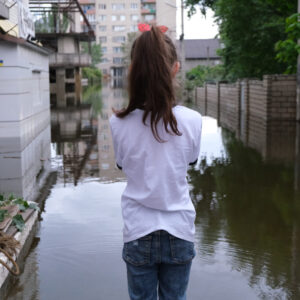Sofia Vorobei
Culture Section Editor 2025
El Vergel, Spain
Born in 2009 in Kyiv, Sofia moved to a town in Spain close to Valencia in 2020. With her ability to quickly learn languages, she adjusted to her new life seamlessly.
Sofia is an aspiring sports broadcast journalist. She’s passionate about a wide range of subjects including culture, cinema and global affairs.
She joined Harbingers’ Magazine in the summer of 2023, and since then, she began to consistently explore the intersections of culture, creativity, and society. This, along with Sofia’s exceptional writing skills, led to her promotion as the Culture Section Editor at Harbingers’ Magazine in March 2025. Simultaneously, she serves as the Afghanistan Newsroom Editor.
In her free time, Sofia stays busy doing fitness, traveling to new places, and writing short stories.
Sofia speaks Ukrainian, Spanish, English, and Russian.





